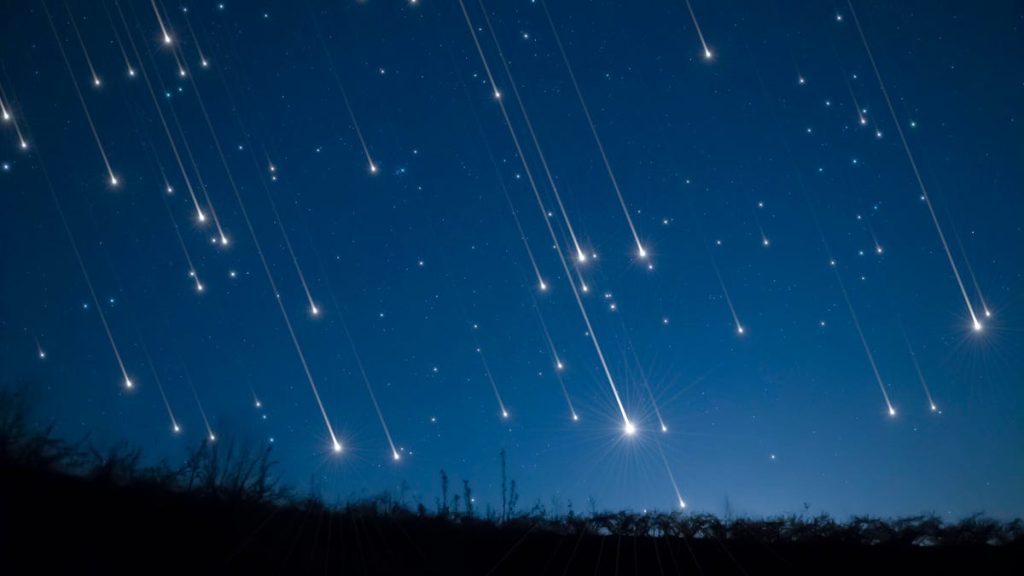If you’re looking to catch a shooting star, you’re in luck as there are plenty of opportunities to do so until the end of 2024. One of these chances is the Northern Taurids meteor shower, which will peak on November 11-12. In addition to this, there are several other meteor showers scheduled to take place between now and New Year’s, ensuring that there is always at least one fireball event happening. This means that you have the potential to see a shooting star on any given night, with many meteor showers overlapping to increase the odds of spotting one. Some of the larger events to look forward to include the Geminids and Quadrantids meteor showers, which can produce 150 and 120 meteors per hour respectively. Despite taking place during the colder months, bundling up and heading outside will reward you for your efforts.
In addition to the larger meteor showers, there are also smaller events such as the Kappa Cygnids and Alpha Aurigids, which may not be as impressive but occur consistently, providing the chance to see a meteor at any time. Throughout the year, there have been various skygazing events like the aurora borealis, full solar eclipse, and planet parades, with August featuring the annual Perseids meteor shower. Looking ahead to the remainder of 2024, let’s explore all the meteor showers that are still to come and how to view them successfully.
Meteor-shower viewing can be a bit challenging and typically requires some effort. It’s essential to get as far away from light pollution as possible and aim for the darkest sky conditions. While astronomers calculate the number of meteors per hour under ideal circumstances, such as being far from the city with no visible moon, this is not always achievable for most people. For larger meteor showers like the Geminids and Quadrantids, those living in the city may catch a glimpse, but smaller events may require heading to the suburbs for a clearer view. Once outside the city, look towards the radiant, or point of origin, of the meteor shower and be patient as you wait for the meteors to streak across the sky.
The schedule for meteor showers for the latter part of 2024 includes various events such as the Orionids, Southern Taurids, Northern Taurids, Leonids, Geminids, Ursids, and Quadrantids. The Orionids, originating from Halley’s Comet, offer a prolonged display of meteors, while the Taurids meteor showers come from the Encke comet and last for over two months. The Leonids, emitted by the Tempel-Tuttle comet, are known for their occasional meteor storm, and the Geminids are considered one of the most significant meteor showers of the year, with a peak rate of 150 meteors per hour. The Ursids, occurring alongside the Geminids, and the Quadrantids, which start in 2024, are also notable events to look out for.
Each meteor shower has its unique characteristics, such as peak dates, maximum meteor rates, and radiant points, making them distinct experiences for avid skywatchers. While some meteor showers offer lower rates of meteors per hour, their consistent occurrence ensures plenty of chances to witness shooting stars. Overall, the remainder of 2024 promises to be an exciting time for skygazers, with a variety of meteor showers providing opportunities to witness these celestial phenomena. To make the most of these events, ensure to find a dark sky location, look towards the radiant, and be patient as you wait for the meteor shower to unfold before your eyes.












